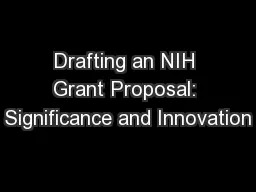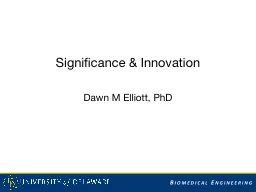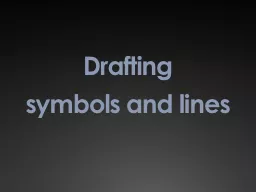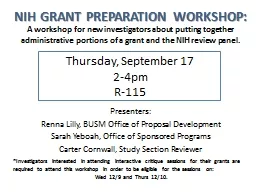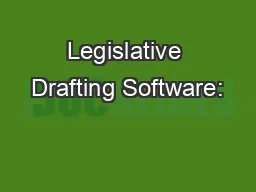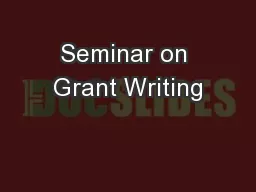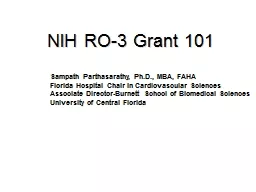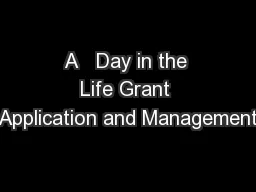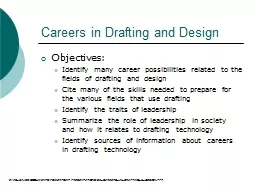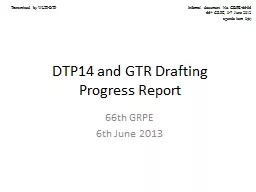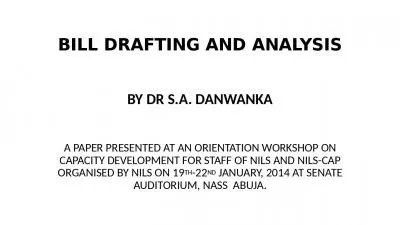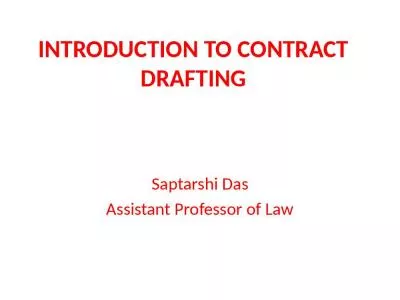PPT-Drafting an NIH Grant Proposal: Significance and Innovation
Author : liane-varnes | Published Date : 2017-06-16
1 Kim M Gans PhD MPH LDN Professor Dept of Behavioral amp Social Sciences and Director Institute for Community Health Promotion Brown University School of
Presentation Embed Code
Download Presentation
Download Presentation The PPT/PDF document "Drafting an NIH Grant Proposal: Signific..." is the property of its rightful owner. Permission is granted to download and print the materials on this website for personal, non-commercial use only, and to display it on your personal computer provided you do not modify the materials and that you retain all copyright notices contained in the materials. By downloading content from our website, you accept the terms of this agreement.
Drafting an NIH Grant Proposal: Significance and Innovation: Transcript
Download Rules Of Document
"Drafting an NIH Grant Proposal: Significance and Innovation"The content belongs to its owner. You may download and print it for personal use, without modification, and keep all copyright notices. By downloading, you agree to these terms.
Related Documents

